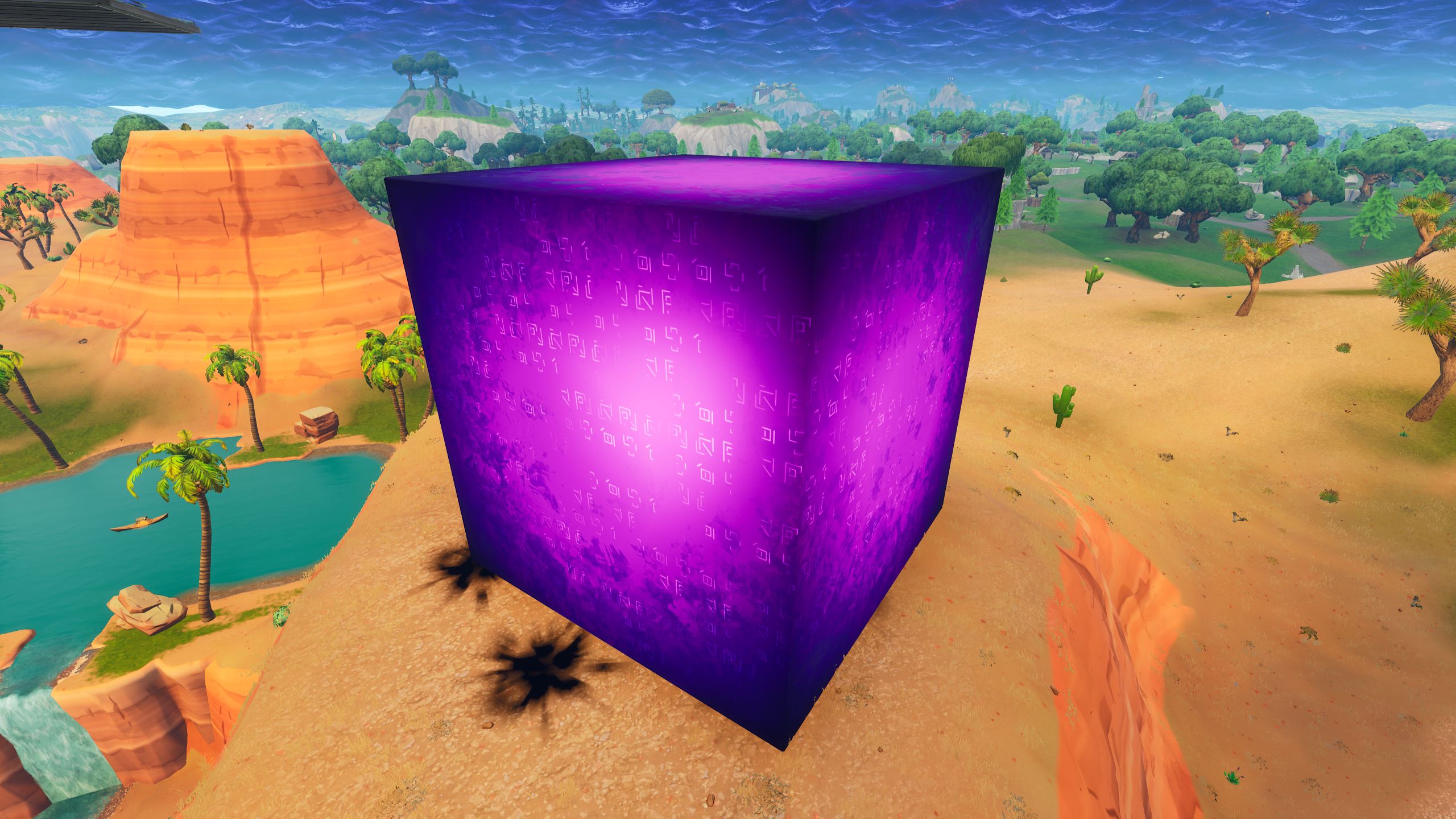Games that completely changed mid-development
Kill your darlings.

It's hard to imagine that many games go from design doc to finished product without any twisting and turning along the way—we just don't get to see all the failed prototypes, scrapped levels, and deleted placeholder art.
Every now and then, though, we do get a glimpse into the process, sometimes finding that the games we know today once looked very different.
There have surely been many, many mid-development pivots that we never heard anything about, but here are a few we do know about that stick out to us: games that may not have found the same success, or wielded the same influence over PC gaming, had they never made dramatic changes during development.
Splinter Cell Conviction
The original take on Sam Fisher's next adventure was going to be this melee combat-heavy game set in urban locations, and it didn't really look like Splinter Cell. It didn't look like anything, actually, other than a janky old third-person game with someone's dad as the lead character. When Conviction re-emerged it was a very straightforward stealth action game, but it was still a stylish update for Sam Fisher that people actually wanted to play.
Beyond Good & Evil 2
This one isn't even out yet, but at least one version of it has been in the works before—and it wasn't a co-op space game, or whatever the new one is going to be. It looked like a more conventional third-person thing, made in the wake of the Gears games. This doesn't look like much more than a proof of concept, but the project was canned in 2009, when Michel Ancel and his team went to work on Rayman: Origins. It at least reached the stage where Ubisoft were comfortable sharing footage of it in public.
Diablo
Diablo birthed the PC action-RPG as we know it today, but it was originally going to be turn-based—and designer David Brevik wasn't at all interested in changing that. He told Blizzard as much when they approached him with the idea. "What are you guys talking about? Realtime? No, no, no, no, this isn’t one of your strategy games," Brevik recalled himself saying during a 2016 GDC talk. The change came to a vote, and Brevik voted no, but was the only one to do so. And so it was decided: Diablo would be a real-time action RPG.
How did Brevik make the change from turn-based to realtime? It was shockingly simple. "I just made the turns happen 20 times a second, or whatever it was, and it all just kind of worked, magically," he said. "I remember taking the mouse. I clicked on the mouse, and the warrior walked over and smacked the skeleton down. And I was like, ‘Oh my god! ...That was awesome!’ And the sun shone through the window, and god passed by, and the angels sung and sure enough, that was when the ARPG was kinda born, at that moment. And I was lucky enough to be there, it was an amazing, amazing moment, I’ll never forget it."
Keep up to date with the most important stories and the best deals, as picked by the PC Gamer team.
Borderlands
Borderlands' signature comic-book style wasn't its original look. The change is common knowledge now, but still one of the most dramatic examples (that we've been able to see) of a change in art direction, a tonal adjustment made to stand out from other shooters of the time, namely Fallout 3 and Rage. It obviously worked, and it's hard to imagine Borderlands now as anything other than the goofy, colorful, somewhat messily-inked series it became. The sad side of the story is that, according to a trio of Gearbox leads (as relayed by Gamespot), the original art director quit the job and the industry after having all her work thrown out.
Resident Evil 4
Before it became one of the greatest action games ever made, Resident Evil 4 was a very different game—several times over. Between 2001 and 2004, several iterations of Resident Evil 4 were shown off at Tokyo Game Show and E3. The video above is probably the most well-known, from E3 2003. The graphics and camera are similar to what we'd see in the game that finally hit the GameCube, but Leon's coat model is different, it moves more realistically as he walks, and the lighting is also much moodier. The really big difference, though, is that this version of RE4 had a psychological horror thing going on, with a blue filter appearing over the screen as freaky stuff starts happening. You'll also spot Resident Evil's classic fixed camera angles and the "hook man" enemy this version is sometimes named for.
That version of the game was an evolution of the 2002 iteration, sometimes called "Castle," which had gotten a trailer the year before. None of these ever quite worked out—you can read more about them in this profile of Capcom's Yasuhisa Kawamura, and the struggles with the GameCube hardware that eventually lead Shinji Mikami to come in and direct the version of Resident Evil 4 that was finally released. But the best part of the story is that Resident Evil 4 was, once upon a time, an action game directed by Hideki Kamiya. As it diverged more and more from the survival horror of prior Resident Evils, the project eventually got a new name: Devil May Cry.
Halo
Bungie made its name on the Marathon series of first-person shooters for the Mac, but its more famous shooter series actually started life as a real-time strategy game. This is probably one of the most famous mid-development changes in gaming history, as Microsoft buying Bungie in 2000 was a huge blow to Mac gaming, and eventually the reason the Xbox got off the ground. Back in 1998, Halo looked more like the video above, evolving from a strategy prototype to some kind of third-person shooter before finally becoming the Halo we know today. You can read more about its evolution in our article about Halo's strange history with the PC.
Halo 2's campaign also went through a massive overhaul partway through development, under a brutal deadline, which you can read about in detail in Waypoint's massive oral history of the Halo series.
Fortnite

Technically, Fortnite changed after development, and its original design remains intact and playable. But who's talking about the cooperative game Epic spent years working on when they say 'Fortnite'? Pretty much no one. Fortnite now refers to Fortnite Battle Royale, which borrowed the shooting and building from the original game, but completely overhauled the format to take advantage of the new popularity of last-player-standing battle royale games, namely PUBG. Without that sudden pivot, we probably wouldn't be talking about Fortnite at all today. Some of our readers might prefer that hypothetical timeline, but we don't want to live in a world without intense cube speculation.
Duke Nukem Forever
Duke Nukem Forever is the ultimate tale of development hell. The first footage was unveiled at E3 1998. At that time, it was running on the Quake 2 engine, but that same year 3D Realms switched to the Unreal Engine, and so began the saga. Duke Nukem Forever continued to change over the next few years, switching to a new version of Unreal in the process and later a new physics engine, and publishing rights bounced around until they landed with Take-Two.
Jump all the way to the late 2000s, and it began to appear like DNF might actually be released—there was even a new trailer in 2007—but in 2009 development was shut down after an argument between 3D Realms and Take-Two over funding. The dev team was laid off, Take-Two and 3D Realms went to court. Though development would continue—including by ex-3D Realms employees—it seemed like DNF would never be released.
Come 2010, and a surprise re-announcement came at PAX thanks to Gearbox Software, which had helped reignite development and eventually purchased the IP, with 2K remaining publisher. And so Duke Nukem Forever finally released. It was not, however, running on the Quake 2 engine. (It also wasn't very good.)
Had the original development plan been stuck to, DNF would've released sometime in 1998 or 1999. Only a few people truly know what it would've looked like had it been finished then, but had 3D Realms put it out there and made its profit, the shape of PC gaming might be very different today.

Tyler grew up in Silicon Valley during the '80s and '90s, playing games like Zork and Arkanoid on early PCs. He was later captivated by Myst, SimCity, Civilization, Command & Conquer, all the shooters they call "boomer shooters" now, and PS1 classic Bushido Blade (that's right: he had Bleem!). Tyler joined PC Gamer in 2011, and today he's focused on the site's news coverage. His hobbies include amateur boxing and adding to his 1,200-plus hours in Rocket League.
- Wes FenlonSenior Editor

